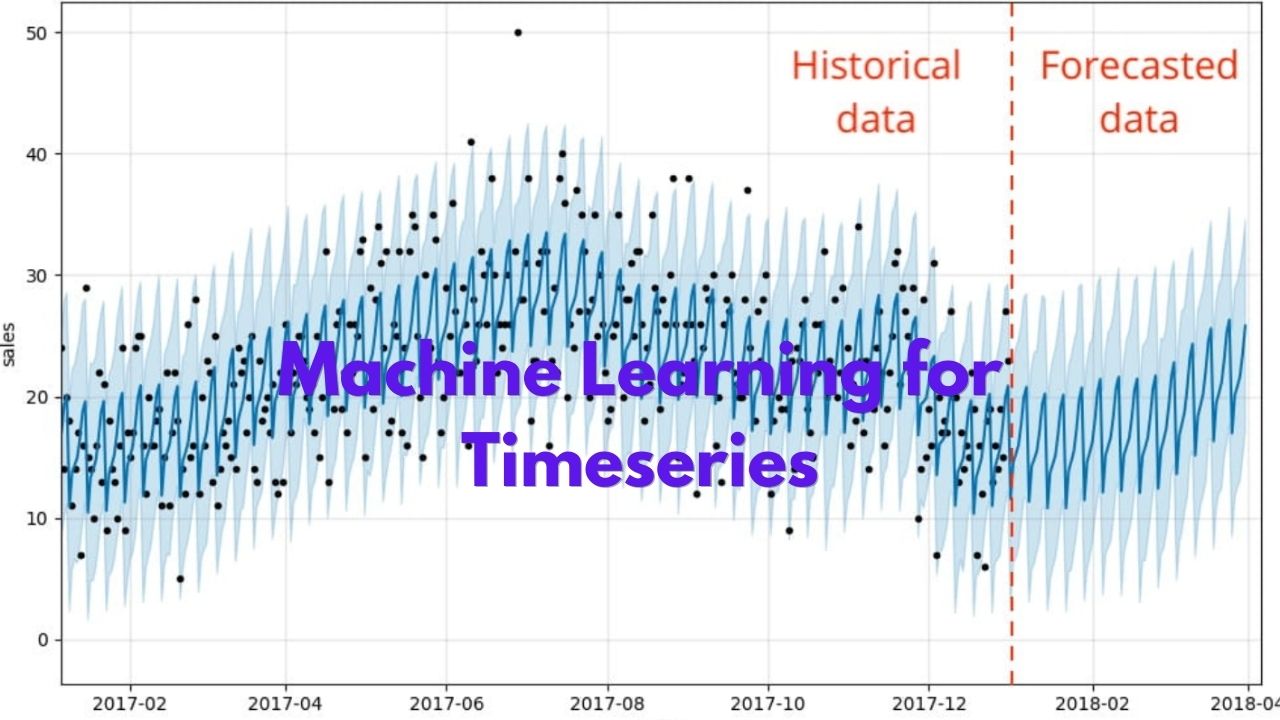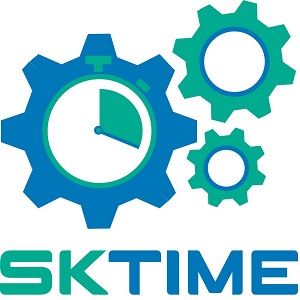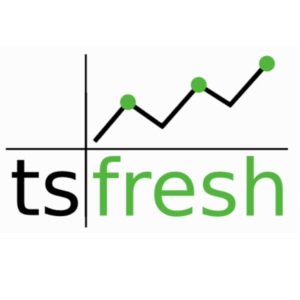
Machine Learning for Timeseries#
A brief summary of the topics covered in this course is as below. This is 24 hours course, it is suggested to complete this course in 3 weeks. Apart from my classroom course, you will be given exercises, and it will take another 100 hours in the course duration to complete these exercises.
Introduction to Timeseries#
- What is a time series?
- Time-dependent seasonal components.
- Autocorrelation
- Seasonality
- Stationarity
- Autoregressive (AR),
- Moving average (MA) and mixed ARMA- Modeler.
- Autoregressive Integrated Moving Average Model (ARIMA)
- Seasonal autoregressive integrated moving average model (SARIMA)
- Autocorrelation function (ACF)
- Partial Autocorrelation function (PACF)
- The random walk model.
- Box-jenkins methodology.
- Vector Auto Regression (VAR) models.
- Dynamic models with time-shifted explanatory variables.
- The koyck transformation.
- Granger’s causality tests.
- Stationarity, unit roots and integration
- Time series model performance
- Various approach to solve time series problem
- Complete end-to-end project with deployment, nifty stock price prediction and deployment.
Forecasting#
- Introduction to forecasting : Purpose, process, components of a time series, overfitting and data partitioning
- Model building: Level, linear trend, quadratic trend, exponential trend, additive seasonality, multiplicative seasonality, combining trend & seasonality, forecasting future data
- ARIMA model – Lag analysis, Model building, implementation
Deep Learning for Time Series#
- RNN (Recurrent Neural Network)
- GRU (Gated Recurrent Unit)
- LSTM (Long Short-term Memory)
- Bidirectional RNN
Time Series Libraries#





Automated Time Series Models in Python (AtsPy)


Comments: